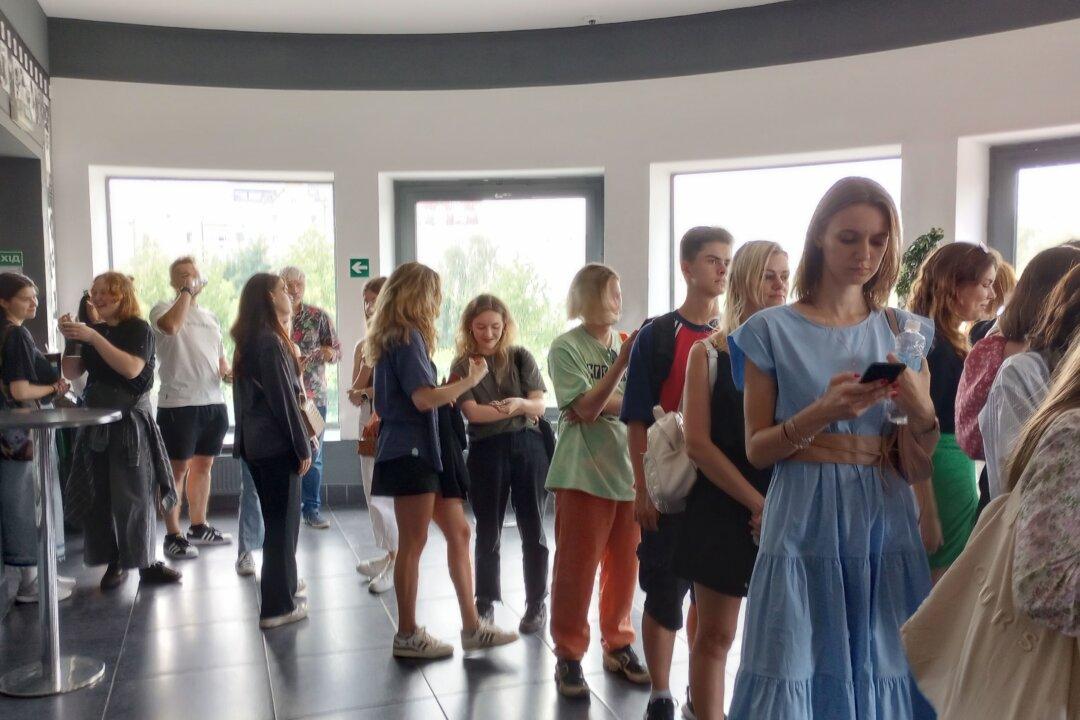As Americans marked the end of summer gathering at picnics and barbecues during the Labor Day weekend, a much different scene occurred in a theater in Kyiv, Ukraine. That’s where almost 200 viewers gathered a week ago to watch a restored version of the 1942 classic Italian film “We the Living.”
Directed by Goffredo Alessandrini and starring Italian film legends Alida Valli, Rossano Brazzi, and Fosco Giachetti, the drama tells the story of how people’s lives are suffocated under totalitarianism. Originally released during World War II, it became the number-one box office movie in Italy that year.





